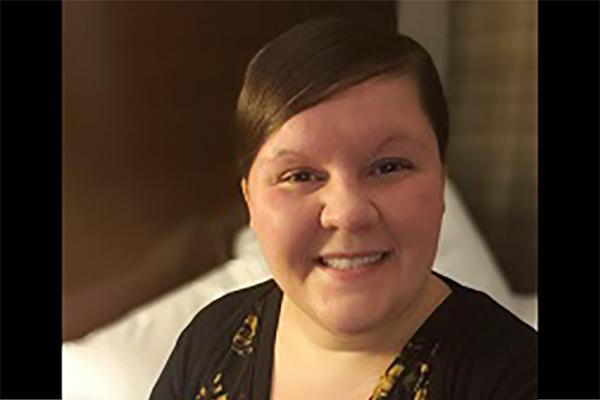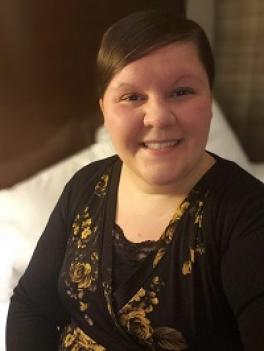
Frontiers in Low-Energy Nuclear Science at the Facility for Rare Isotope Beams
Dr. Andrea Richard
Lawrence Livermore National Lab
Virtual only (link below)
Faculty Host: Michael Lisa
** PLEASE NOTE: non-standard time, 3:00pm on Monday, March 28 **

Abstract: The fundamental challenges in nuclear science have been summarized in the 2015
Long Range Plan for Nuclear Science, which outlines four important questions, (1) How did
visible matter come into being and how does it evolve? (2) How does subatomic matter organize
itself and what phenomena emerge? (3) Are the fundamental interactions that are basic to the
structure of matter fully understood? and (4) How can the knowledge and technical progress
provided by nuclear physics best be used to benefit society? The Facility for Rare Isotope Beams
(FRIB) at Michigan State University is the leading radioactive isotope facility that will provide
access to exotic, short-lived isotopes for experimental studies that can address these open
questions. FRIB seeks to answer questions regarding the properties of rare isotopes, nuclear
astrophysics, fundamental interactions, and applications for society including in medicine,
security, and industry.
In the area of nuclear astrophysics, FRIB can address key open questions regarding the origin of
heavy elements in the universe. Stellar observations provide insight into nucleosynthesis in
different stellar environments. Modelling and understanding these environments requires
accurate nuclear physics descriptions. Radioactive decay, nuclear reactions, and the structure of
individual nuclei are all vital components to our understanding of the universe both by utilizing
experimental and theoretical studies. In this talk, I will discuss recent experiments, new
initiatives, and explore the upcoming FRIB facility and how it will provide a wealth of additional
nuclei for study, enabling experimental programs that were previously unfeasible.
Bio: Dr. Andrea Richard obtained her B.S. degree in Physics and Mathematics with minors in English
and Engineering from Muskingum University in 2011. She obtained her M.S. degree in 2014
from Ohio University, where her focus was neutron time-of-flight spectroscopy of the deuteron
breakup reaction. Andrea then completed her Ph.D. from Ohio University in 2018 focusing on
in-beam and b-delayed gamma-ray spectroscopy of the A=33 isobars in the N=20 Island of
Inversion. After obtaining her Ph.D., Andrea worked at the National Superconducting Cyclotron
Laboratory (NSCL) at Michigan State University as a Nuclear Science and Security Consortium
Postdoctoral Fellow. Her work was primarily related to indirect neutron-capture constraints for
the astrophysical i-process (intermediate neutron-capture process) using the beta-Oslo method at
facilities like the NSCL and Argonne National Laboratory. Andrea is actively involved in
mentoring, outreach, and diversity, equity, and inclusion initiatives. As a postdoctoral researcher
at Lawrence Livermore National Laboratory, Andrea is focusing on using the surrogate-reaction
technique to constrain neutron-capture cross sections for the strontium isotopes.
Meeting ID: 948 5830 7115
Password: PRB1080
